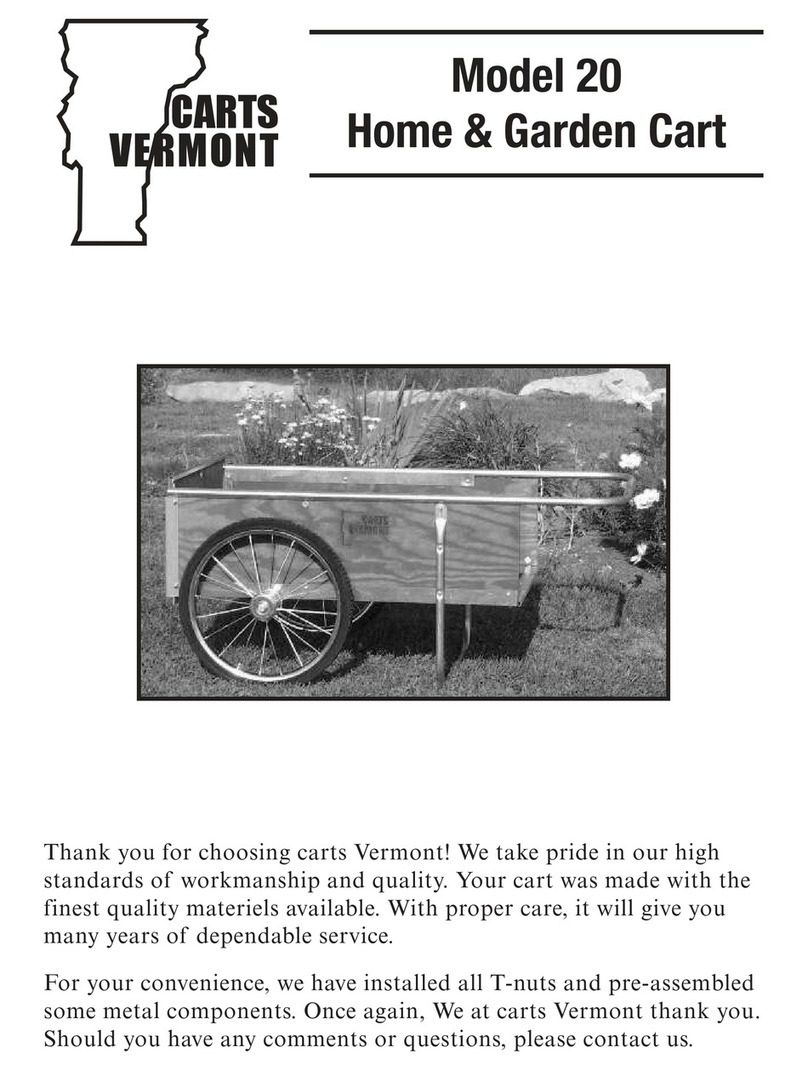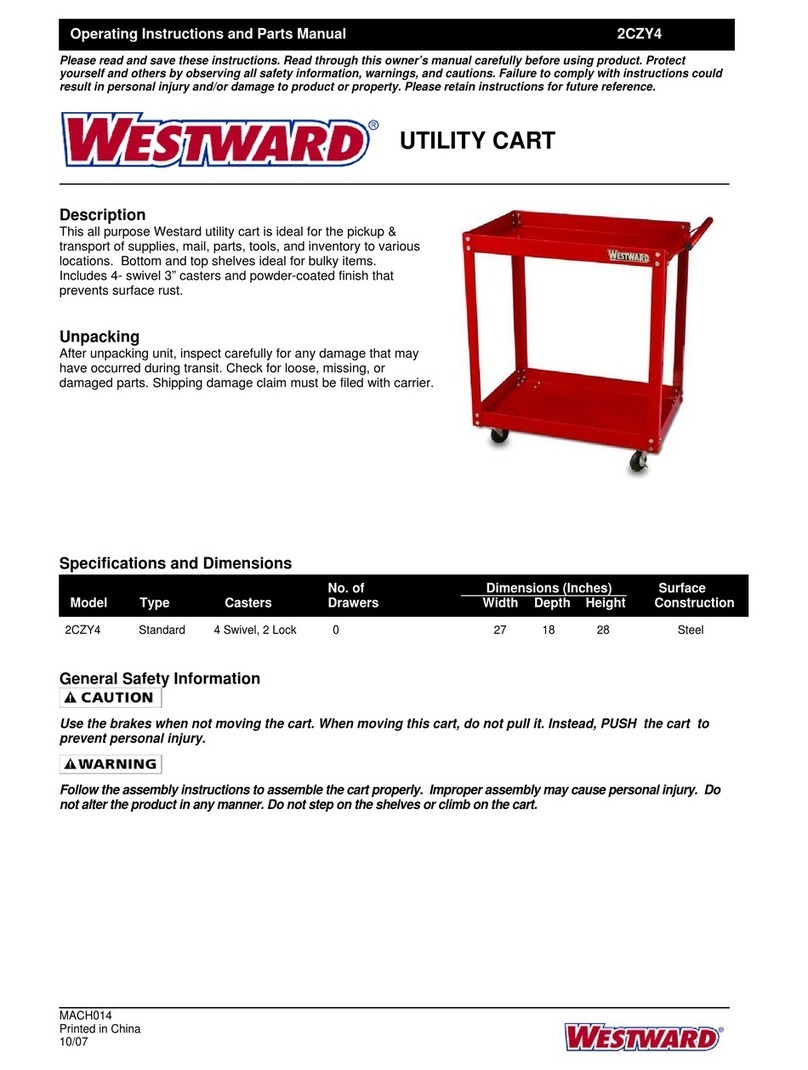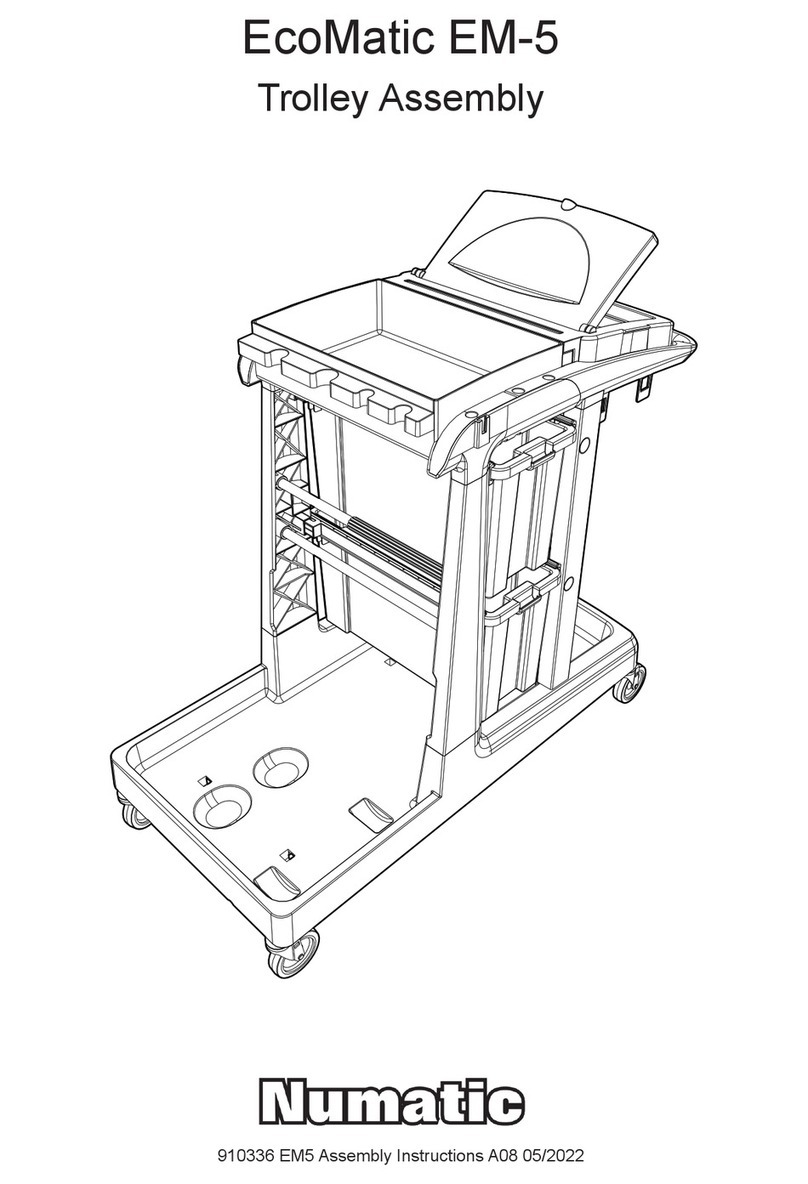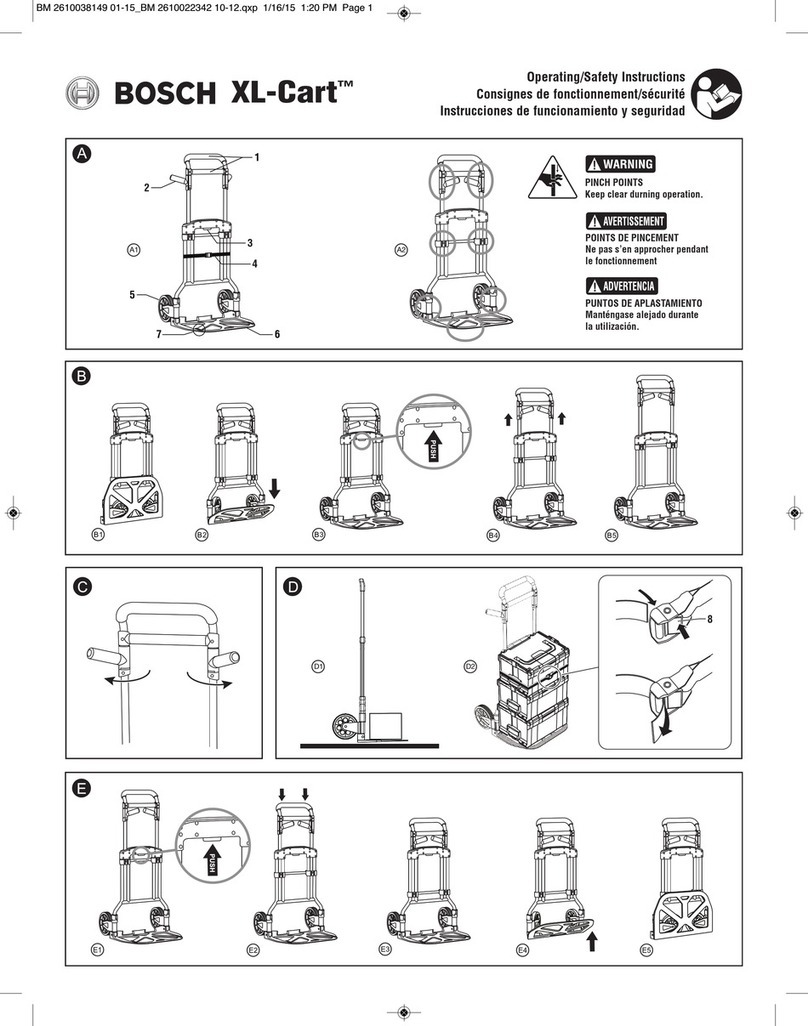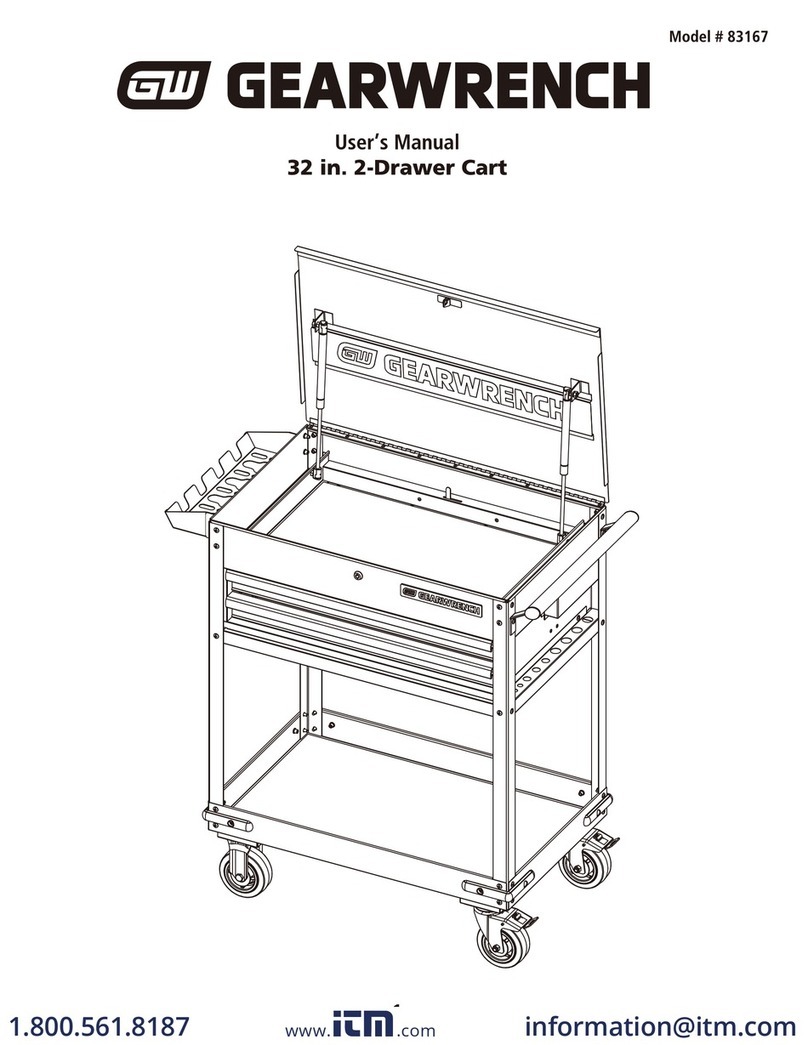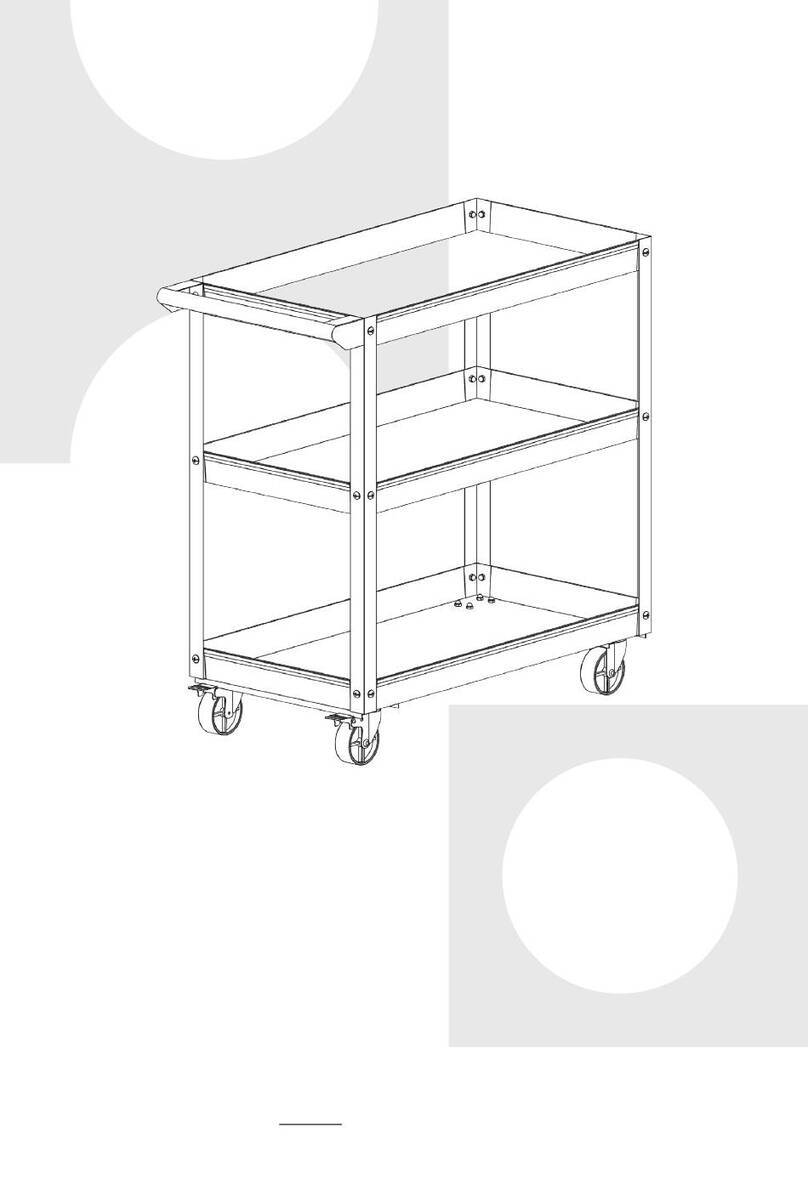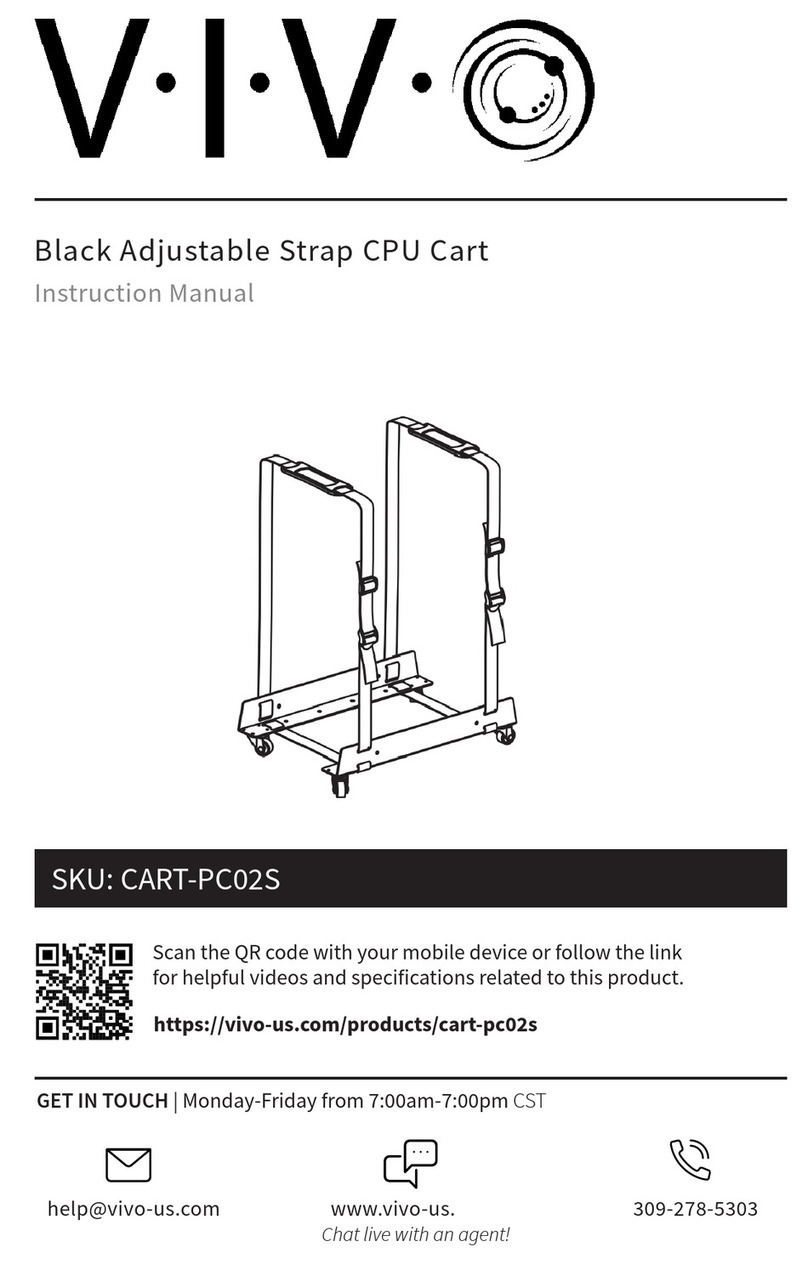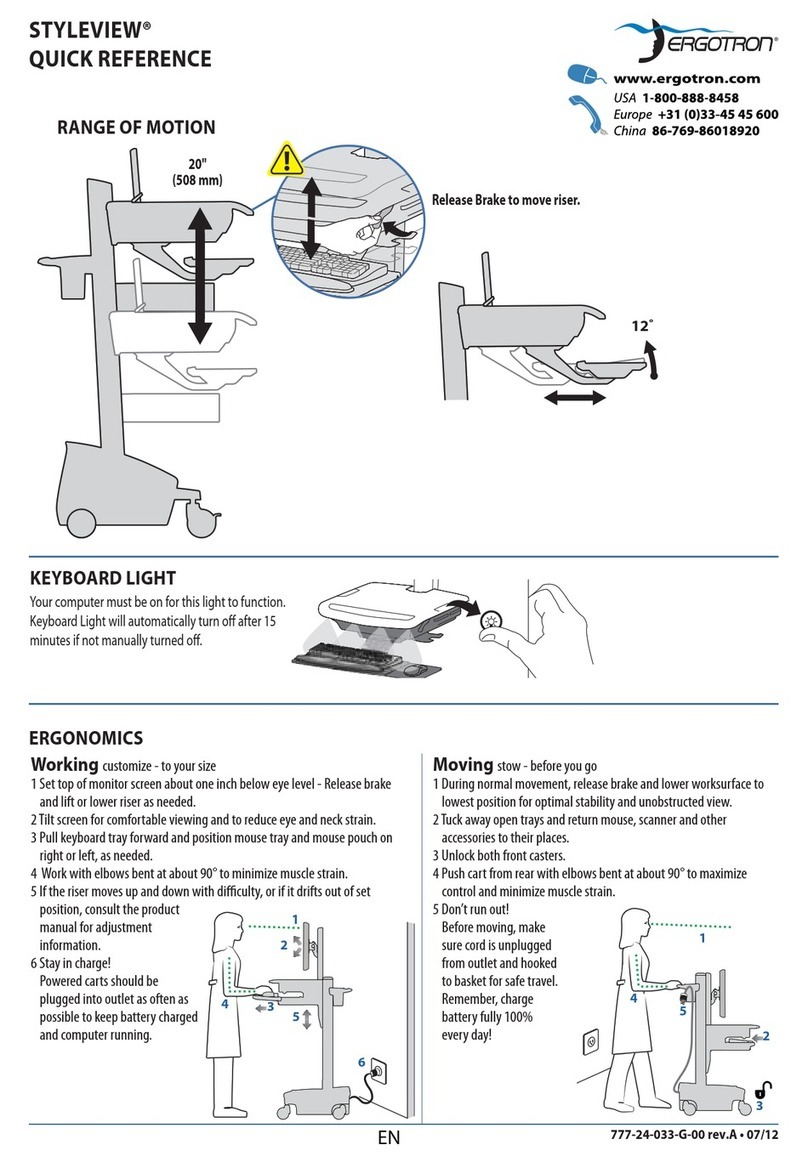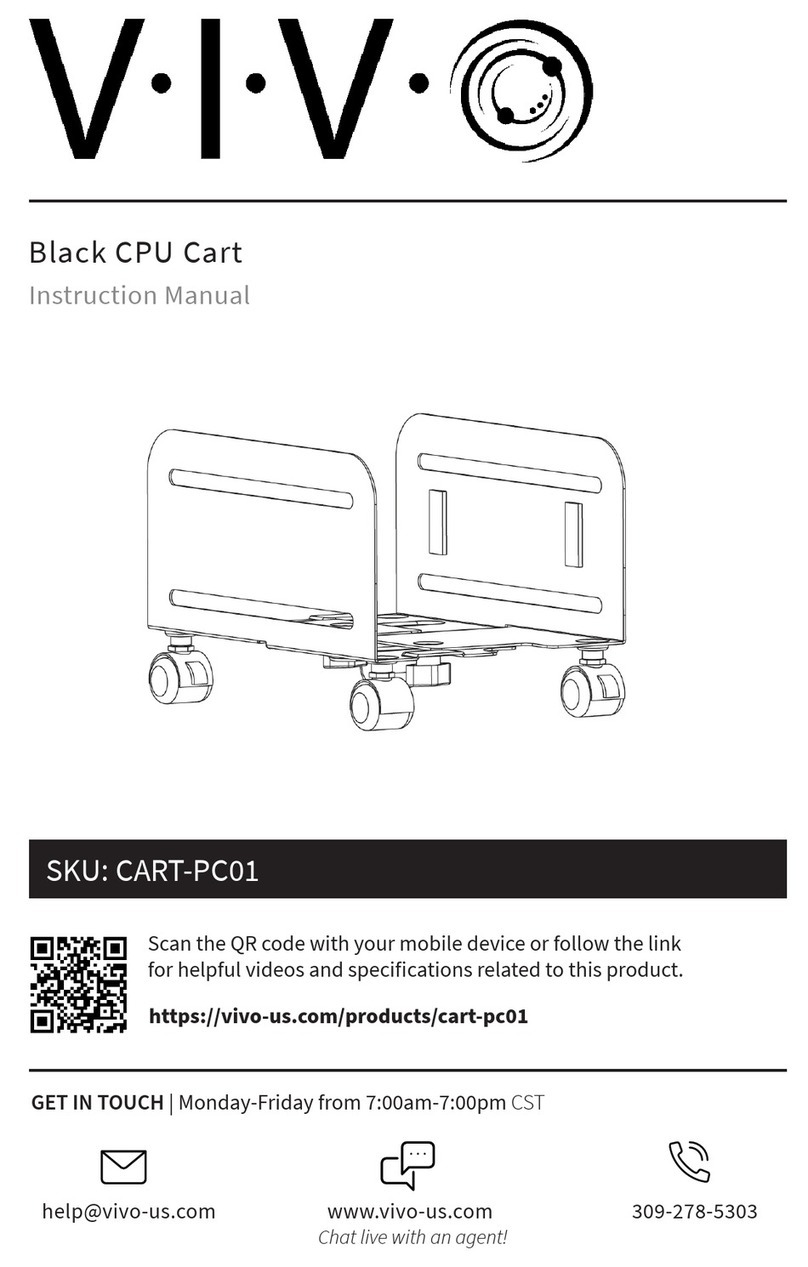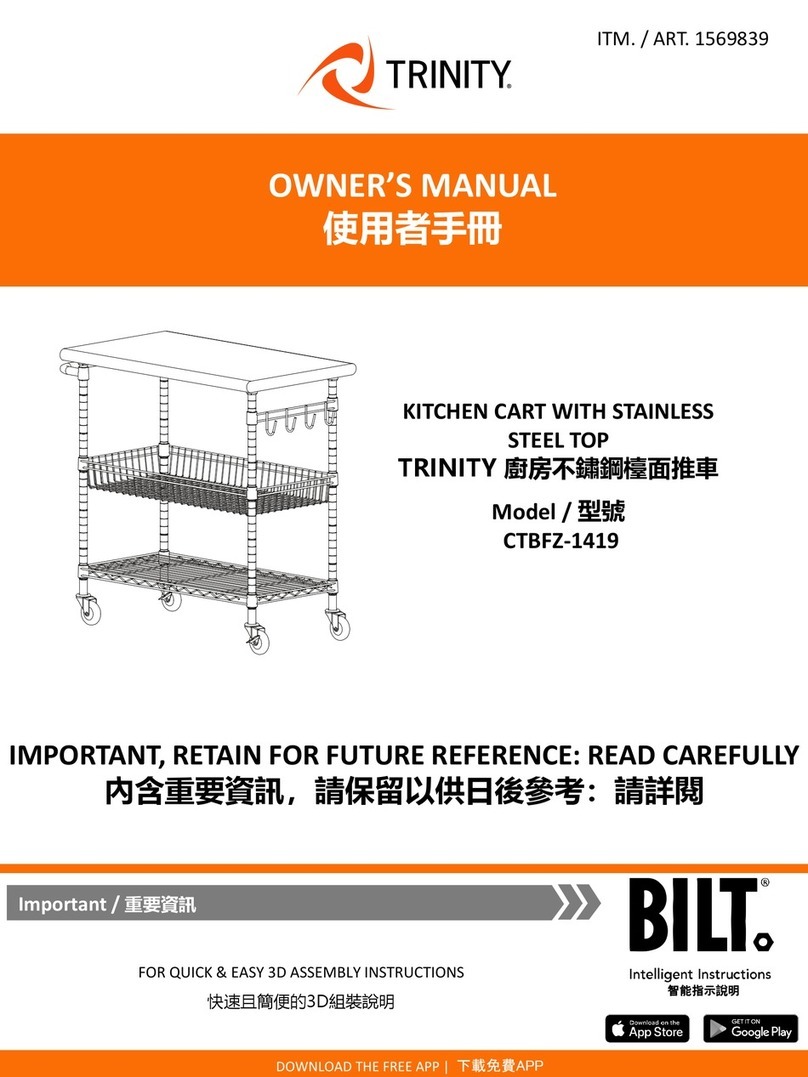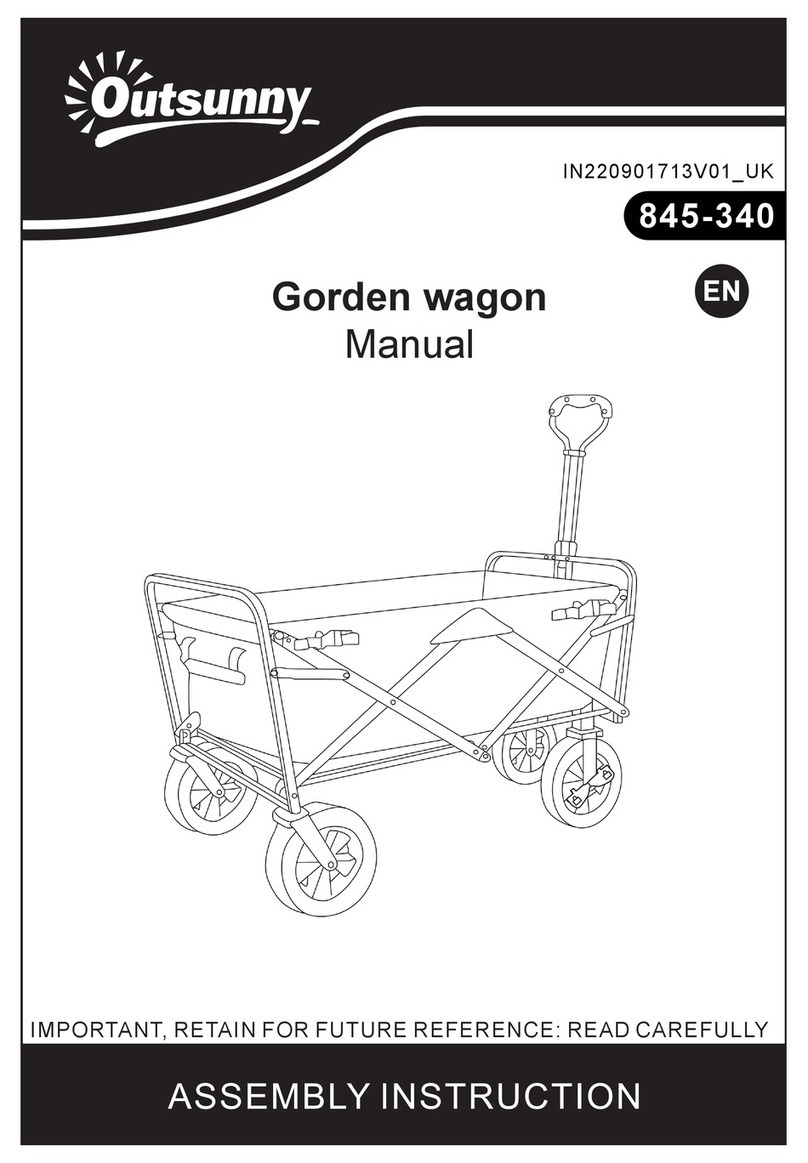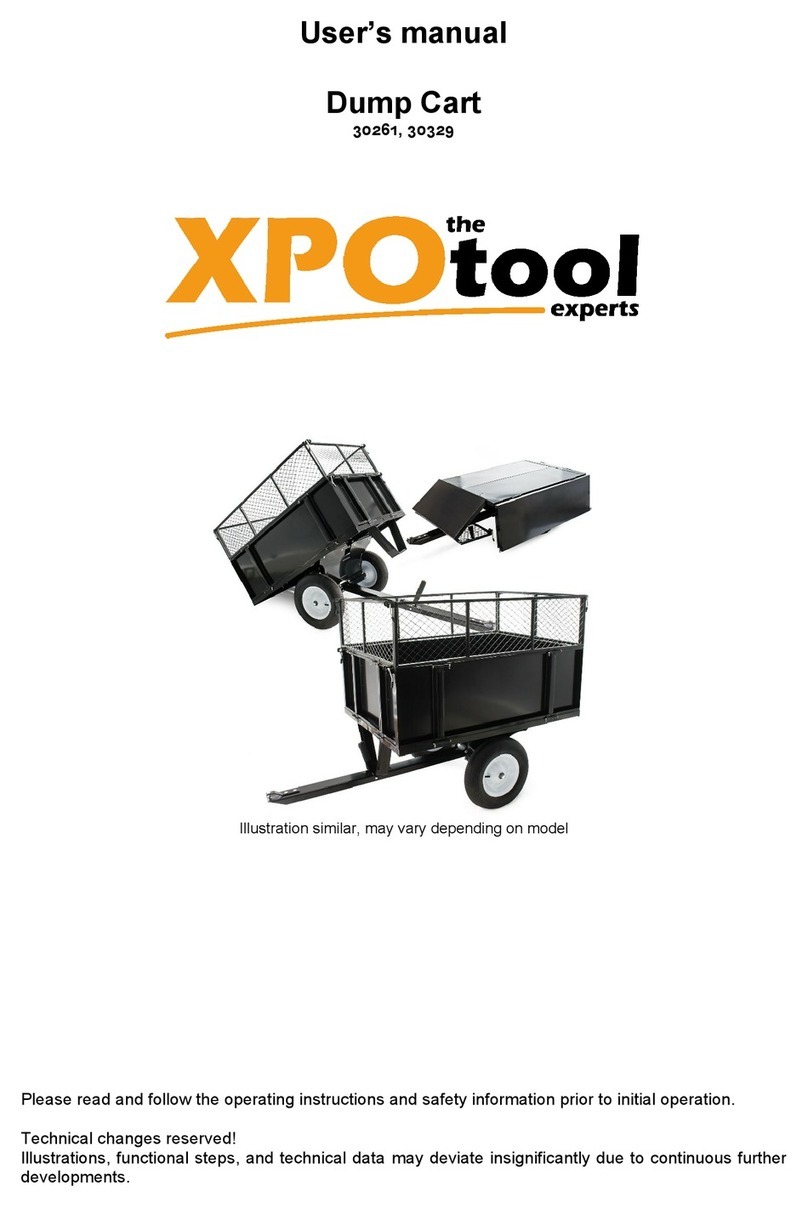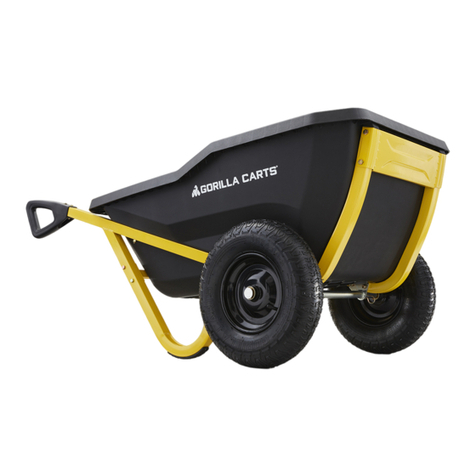
AGCO-Amity JV LLC LIMITEDWARRANTYTERMS ANDCONDITIONS –UNITEDSTATESANDCANADA
EFFECTIVEFOREQUIPMENTRETAILEDANDDELIVERED AFTERJUNE1,2018
WHAT IS WARRANTED AGCOAmityJV warrants its new equipment to be free of defects in material and workmanship at time of delivery to the first retail
purchaser, renter, or lessee. Theseterms apply to all Wishek, Wil-Rich, and Amity brands of newequipmentoriginallymarketedin the United States and
Canada.
WARRANTY PERIOD
12 Months from the date of delivery to the first retail purchaser, renter or lessee.
483 Disk Chisel, Field Cultivator, and Disk Cultivators: 3 years on main frames, wing frames, and shank assemblies
Precision Shank Drill: 3 years on mainframe, wing frame, and rockshafts.
EXCEPTIONS FROM THIS WARRANTY
Freight Charges - This warranty does not cover freight charges.
Improvements, Changes, or DiscontinuanceAGCO Amity JV reserves the right to make changes and improvements in design or changes in
specifications at any time to any product without incurring any obligations to owners ofproducts previously sold.
Repairs and Maintenance Not Covered Under Warranty - This warranty does not cover conditions resulting from misuse, natural calamities,
use of non-AGCO-Amity JV parts, negligence, alteration, accident, use of unapproved attachments, usage which is contrary to the intended
purposes, or conditions caused by failure to perform required maintenance. Replacement of Wear or Maintenance items (unless defective) such as
but not limited to, filters, hoses, belts, lubricants, light bulbs, wheel alignment, tightening of nuts, belts, bolts, and fittings, service tune-up,
computer parameter adjustments and general adjustments which may from time to time be required are not covered.
Rubber Tire Warranty - Rubber tires are warranted directly by the respective manufacturer only and not by AGCO Amity JV.
Satellite Outages - Interruptions in satellite interfaces and satellite communications are outside the control of this product and are not covered by
this warranty. The company is not responsible for issues or degradation of system performance resulting from such interruptions in satellite
interfaces and satellite communications where the issues are not related to defects in this product.
OWNER’S OBLIGATION
It is the responsibility of the Owner to transport the equipment or parts to the service shop of an authorized AGCO Amity JV Dealer or alternatively to
reimburse the Dealer for any travel or transportation expense involved in fulfilling this warranty. This Warranty does NOT cover rental of replacement
equipment during the repair period, damage to products which have been declared a total loss and subsequently salvaged, overtime laborcharges, freight
charges for replacement parts, or special handling requirements (such as, but not limited to, the use of cranes).
EXCLUSIVE EFFECT OF WARRANTY AND LIMITATION OFLIABILITY
THIS WARRANTY IS IN LIEU OF ALL WARRANTIES OF MERCHANTABILITY, FITNESS FOR A PURPOSE OR OTHER REPRESENTATIONS, WARRANTIES
OR CONDITIONS, EXPRESSED OR IMPLIED. The remedies of the Owner set forth herein are exclusive. The Company neither assumes nor authorizes any
person to assume for it any other obligation or liability in connection with the sale of covered machines. Correction of defects, in the manner and for applicable
period of time provided above, shall constitute fulfillment of all responsibilities of AGCO Amity JV to the Owner, and AGCO Amity JV shall not be liable for
negligence under contract or in any manner with respect to such machines. IN NO EVENT SHALL THE OWNER BE ENTITLED TO RECOVER FOR INCIDENTAL,
SPECIAL OR CONSEQUENTIAL DAMAGES SUCH AS BUT NOT LIMITED TO, LOSS OF CROPS, LOSS OF PROFITS OR REVENUE, OTHER COMMERCIAL
LOSSES, INCONVENIENCE OR COST OF RENTAL OR REPLACEMENT EQUIPMENT.
Some States or Provinces do not permit limitations or exclusions of implied warranties or incidental or consequential damages, so the limitations or exclusions in this warranty may
not apply.
“AGCO Amity JV” AS REFERREDTO HEREINWITH RESPECT TO SALES IN: UNITEDSTATES and CANADA: AGCO Amity JV LLC
PO Box 1030
Wahpeton, ND 58074
Additional Warranty Information
New Equipment Warranty - Equipment is eligible for warranty service only if it qualifies under the provisions of the New Equipment Warranty. The selling
dealer will deliver this Warranty to the original retail purchaser at the time of sale, and the dealer will register the sale and Warranty with AGCO Amity JV
LLC.
Subsequent Owners - This Warranty covers the first retail purchaser and all subsequent owners of the equipment during the specified warranty period.
Should the AGCO Amity JV Dealer sell this equipment to asubsequent owner, the Dealer must deliver the warranty document to the subsequent owner so the
subsequent owner can register ownership with AGCO Amity JV and obtain the remaining warranty benefits, if available, with no intermission in the Warranty
Period. Subsequent Owner Procedure will apply. It is the responsibility of the subsequent owner to transport the equipment to the service shop of an
authorized AGCO Amity JV Dealer or alternatively to reimburse the Dealer for any travel or transportation expense involved in fulfilling this warranty. This
Warranty does NOT cover charges for rental or replacement equipment during the repair period, products which have been declared a total loss and
subsequently salvaged, overtime labor charges, freight charges for replacement parts, or units sold at auction.
Warranty Service - To becovered by Warranty, service must be performed by an authorized AGCO Amity JV Dealer. It is recommended that you obtain
warranty service from the Dealerwho sold you theequipment because of that Dealer’s continued interest in you as a valued customer. In the event this is
not possible, warranty service may be performed by any other authorized AGCO Amity JV Dealers in the United States or Canada. It is the responsibility
of the Owner to transport the equipment to the service shop of an authorized AGCO Amity JV Dealer or alternatively to reimburse the Dealer for any travel or
transportation expense involved in fulfilling this warranty.
Maintenance Service - The Owner’s Manual furnished to you with the equipment at the time of delivery contains important maintenance and serviceinformation.
You must read the manual carefully and follow all the maintenance and service recommendations. Doing so will result in greater satisfaction with your equipment
and help avoid service and warranty problems. Please remember that failures due to improper maintenance of your equipment are not covered by warranty.
Maintenance Inspections - To insure the continued best performance from your agricultural equipment, we recommend that you arrange to make your
equipment available to your selling Dealer for a maintenance inspection 30 days prior to warranty expiration.
